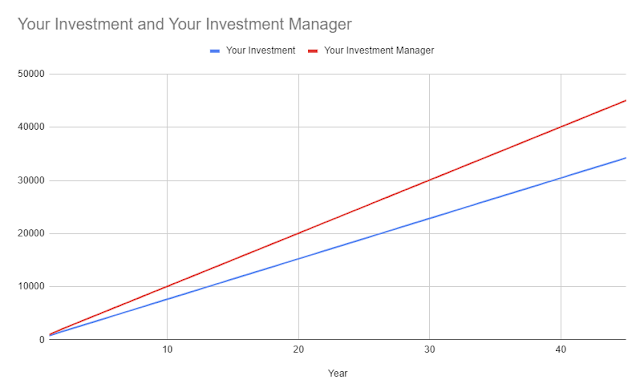Did We Really Make This Much, Yet the Environment was Toxic
Unbelievable Money Pie: Represents $13.5 million in total annual revenue, and $6.57 million in Actual Operating Income/Pretax Profit
I decide to start this blog with a work experience that sounds absolutely crazy. But I believe is crazy, interesting, enlightening and has parallels elsewhere. Or maybe it drives me so nuts I feel I need to keep sharing.
I had been with this company for 8 years and we grew revenue from $5.5MM to $13.5MM in that time. Profits went from about 19% at the beginning to almost 50% or a whopping $6.57 million in that time. I know, sounds unbelievable but it's true. And what is even more unbelievable is the work environment was about as toxic as it gets.
Why you ask? At the time I was in charge of the Research and Development Department, R&D in the pie chart. The companies growth in that 8 year window was almost entirely from new product developments some of which were private label versions of products, But we added close to $1M each year from the new products we designed and manufactured almost entirely custom products. During that time we really only added about 1 significant product with the companies brand on it. You'd think the owners, management everyone would all be super happy and the environment would be super cheery.
You'd be wrong. I'm not saying the owners were unhappy. But the words said were not conveying that. The usual messages were, "You guys never get anything done." and similar comments. The message from the top, our COO especially, is R&D needed to get way more efficient. In fact just a couple years later this manifested in a CEO change and all middle management was demoted. We had also implemented a policy that 15% of the staff would be fired every year, with the goal of upgrading talent and getting rid of underperformers. It was often sold as getting people into something that better fit them. It came from a Jack Welch book about GE. A company of 10s of thousands of workers, ours was well under 100. R&D was about 6 at the time. So yeah, I needed to fire 1/6 every year while growing the business 20% (1/5) per year. Didn't exactly make sense to me then and doesn't now.
Going deeper budgets for every department were always tight. Yes, we made almost 50% profit and budgets were tight. Often small expenditures were talked to death, spending more on meetings than the expenditure itself. And my department was called on to get those projects done faster and cheaper while maintaining great quality, while also finding new products to get designed and launched. Oh and R&D actually did production, sales and tech support for customers as well.
We had this problem for years actually. Some in the business wanted more project output and higher revenue. So the pressure was immense. Well finally I couldn't take it because things didn't make sense to me. I had access to the financials. So I knew the profits were beyond amazing, but the message sounded more like a company that was on the edge of profitability. Hiring new people was slow, and salary caps were low. Investment in tools and equipment was also minimal. So I decided to analyze 8 years of financials creating a report with graphs and pie charts including the one above thinking, well maybe, just maybe if we all look at pictures we will all have an epiphany and come to a common agreement on the path forward. You'd be wrong.
So, readers tell me if you think you can see what was wrong. I think it was less than 4% of budget going into product development and far too much going into shareholder pockets. Yes, the ones demanding more revenue. I kept saying we needed to invest and expand the pie so the profit slice could grow. It was maxed out as a percent of the total pie, we couldn't get any more efficient. It was time to aggressively invest.
More about this business will be talked about in coming posts. I believe this has a parallel to the US economy and US business in general, but that is for the next post
.




Comments
Post a Comment